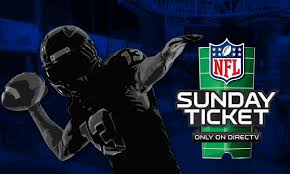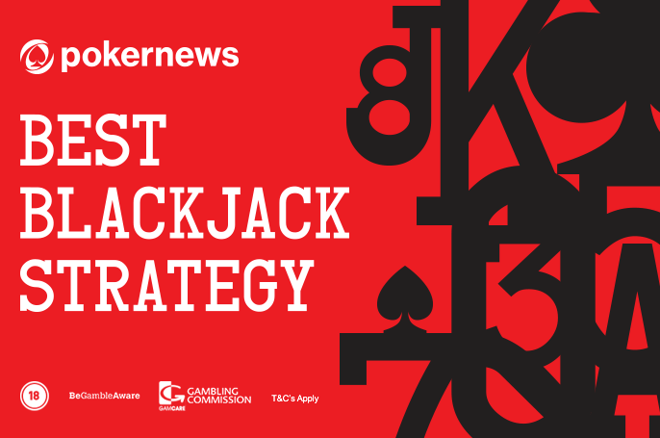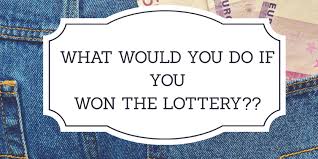The Super Bowl is one of the most anticipated sports event each year. The New Year’s Eve spectacle is one of the most highly anticipated television events each year. Unfortunately, the general public seldom gets a chance to see big game of the year before the regular season begins.
If you don’t have the time this week to watch the game live, or the stomach to do the Trappin’ Chics bonanza, there are several online sportsbooks you can place money on that will be available to you Monday night.
The money line will be in favor of the New York Jets minus 5 at home against the visiting Patriots. The Jets are the clear favorite and the money should flow in a majority of the cases. If you want to bet the other way, take the points and bet the New England Patriots -5. This means if the Jets win by 3, the money line money will be higher than if the Jets win by 4.
Generally speaking, money lines and the parlay is the preferred method of wagering propositions in professional football. The reason is a simple one. If you had an unlimited bankroll and could deposit every game, you’d be on top. But if you’re working with a small budget, you don’t want to risk losing a game by not betting on it.
Another advantage to betting the football point spread is the fact that you can bet for a particular outcome of the game. Bodog is now advertising the betting proposition of who’s going to win the coin toss. You can wager up to 60 points on this prop.
The best way to explain the money line to someone who hasn’t seen it, is this. Say a Yankees player has a 1.5 ERA this season. They’re playing the Red Sox who have a pitching staff ERA of 3. That obviously makes the Yankees the favorite in this case. Are the Yankees going to win? Well you can bank on a win at almost any sport. Sometimes you can get lucky, but most likely you won’t get enough. If you’re lucky, the Yankees will probably lose by 4 or 5. If you bet the money line, you will probably win this bet.
Betting the football point spread is similar to betting the money line. If you’re betting the money line and the point spread, you will win an equal amount if you pick the winning team. That’s usually the case. But, the football point spread requires more action on both sides of the bet.
The first thing you have to understand about football point spreads is how the line works. The person (or people) that puts down the money line bet has to pick a team in the “spread” part of the bet. The football point spread is identified by a number associated with a certain team. Usually that number is +1, -1, or 0, and that forward progression is the number of points the team has to win by.
In the above example, the Yankees are -1 (or theeps -1) so they must win by 2 or more points. The Red Sox are +1 because they only have to win by 3 points or more. Your job is to determine if either the Yankees can win by 2 or more points against the Red Sox. Most people would say no, the Yankees are too young, and other players will be to young to matter.
On the other hand, that isn’t the case in baseball. Baseball is the only sport where it makes sense to base your picks based on history. Even though the Yankees have lost some capable players to free agency, they still have theAME arsenal that the Red Sox have been using for years. What this means is that the Yankees are more likely to repeat their offense, particularly their prolific pitching. With more capable pitchers, the Yankees are nearly unstoppable at home AND on the road.
With the addition of the FieldTurf in 2007, home teams have a playing surface to their advantage. It doesn’t matter if the Yankees are inrigategically better at home or on the road as they simply win their games regardless of the surface. In addition, players have the ability to make more mistakes at home (especially their health), which leads to more runs scored at home. The point spread in baseball is less of an advantage on one team than it is in other sports for the reason that the fans are more likely to bet for their favorite teams.
The majority of the point spread bets are bets where the teams are within a few points of each other. Sports books will have a line closest to -110 where in this situation, the Yankees are roughly a 67% favorite over the Red Sox. Since gambling is often based primarily on guesses, the majority of the bets will be on the favorite. When the favorite team wins the game, the sports bettor will receive a nice return.


